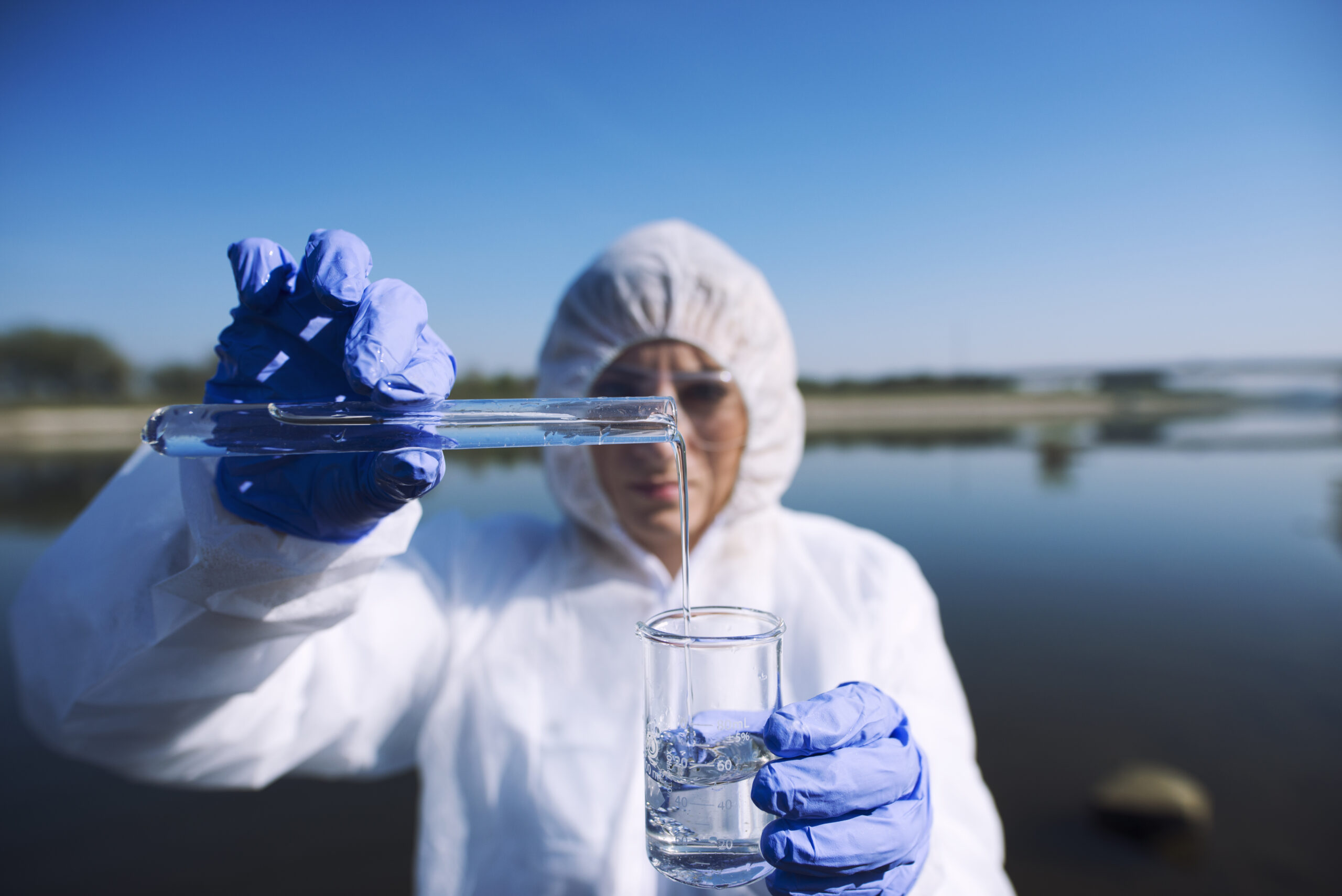
World Water Monitoring Day (WWMD) takes place annually on September 18th to increase global awareness about water quality and the need for water conservation. This initiative encourages individuals, communities, and organizations to participate in monitoring local water bodies and contribute to a global database, promoting environmental responsibility. But why is water monitoring important? Freshwater systems are essential for life, yet they are increasingly affected by pollution, overuse, and climate change. How the LIFE RESEAU project is introducing solutions to improve water treatment and enhance water quality?
World Water Monitoring Day
Established in 2003 by the America’s Clean Water Foundation, and now led by EarthEcho International, WWMD engages people worldwide in assessing the health of local water bodies. Participants use simple testing kits to measure parameters like temperature, pH levels, turbidity, and dissolved oxygen. These indicators provide information about the health of rivers, lakes, and streams, helping detect pollution and taking steps to protect aquatic ecosystems. The data collected by volunteers, schools, and environmental groups is uploaded to a global database that tracks trends and informs decision-makers about the condition of water resources.
This initiative also focuses on education, providing resources and learning materials for volunteers to better understand the issues facing water systems. By participating, people can take steps to safeguard water supplies, raise awareness, and promote sustainable practices within their communities.
LIFE RESEAU’s Contribution: Biofilm Reactors in Action
LIFE RESEAU, which is being implemented in wastewater treatment plants (WWTPs) in Spain (Moaña) and Denmark (Søndersø), focuses on using advanced biofilm reactors to significantly increase the efficiency of wastewater treatment.
Biofilms are naturally formed colonies of bacteria that thrive in various environments, including WWTPs. These biofilms play a key role in improving the treatment of wastewater by enhancing nutrient removal and water purification processes. The advanced biofilm reactors introduced in LIFE RESEAU have the potential to increase the treatment capacity of existing plants by up to 600%, without requiring additional land or infrastructure. This allows water treatment plants to handle larger amounts of wastewater more efficiently, reducing the need for costly expansions and avoiding discharges of untreated water during peak events.
In addition to enhancing water treatment capacity, biofilm reactors contribute to energy efficiency. In LIFE RESEAU, they are expected to lowering energy consumption by up to 66%, and reducing CO2 and N2O emissions by 66% and 85% respectively.
The project incorporates two types of biofilm technologies—Membrane Aerated Biofilm (MABR) and Aerobic Granular Systems (AGS)—which offer tailored solutions for different WWTP needs. MABRs are suited to plants with limited aeration capacity, while AGSs are designed for plants with hydraulic limitations. By making these technologies more accessible and adaptable, LIFE RESEAU supports efforts to test retrofitting solutions of water treatment infrastructures.
SiiMS: A Digital Solution for Improved Sewer Network Management
In addition to the biofilm reactors, LIFE RESEAU integrates digital tools to improve the management of wastewater systems. The SiiMS platform is a decision support tool that helps monitor inflows and infiltrations in sewer networks, especially in areas prone to heavy rainfall. SiiMS provides local authorities with data to make informed decisions about infrastructure management, with the aim of reducing the risks of sewer overflows and helping ensure that wastewater systems are prepared for future challenges.
A key feature of the SiiMS platform is its ability to identify and monitor these infiltration and inflow, that undermine the water drainage capacity, by providing real-time data and insights. By visualizing the distribution and quantity of unwanted water entering the sewer system, municipalities can prioritize areas for maintenance and repair, optimizing the performance of their infrastructure. With this information, decisions can be made to prevent overflows, which can negatively impact the water bodies, and maintain the system’s overall effectiveness, particularly under changing climate conditions.
Moving Towards a Sustainable Future
The combination of initiatives like WWMD and projects in which technologies such as biofilm reactors or digital platforms like SiiMS are implemented and tested represents a coordinated effort to protect water quality. Projects like LIFE RESEAU are addressing the growing pressures on freshwater resources, providing practical and sustainable solutions that support environmental goals.
On this World Water Monitoring Day, we are reminded that protecting our water resources requires both community involvement and technological innovation. Whether through monitoring local water bodies or implementing new water treatment methods, everyone has a role to play!

